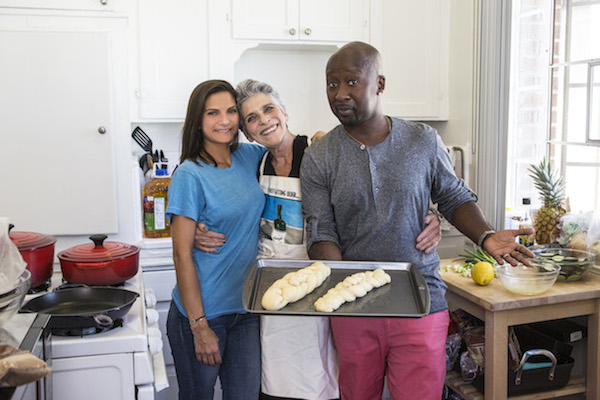Carnival, Mardi Gras, Carnaval. These words convey exhuberance, dancing, masks, and overflowing joy (and often excess). From Rio to New Orleans, from Venice to Antigua, the week before the beginning of Lent has always been punctuated with explosions of color, music and parades. And although our own Jewish carnival (Purim) is usually just around the corner and this custom is strongly attached to the Catholic calendar, it is very hard for any local citizen or visitor, Jew or Gentile, to strange himself from the celebrations. The cities that follow this ancient custom usually close down completely during the revelry and just by stepping out of the house one is usually swallowed up in the celebrations.
A few weeks ago, I was celebrating Shabbat with an emergent community of Jews in the port city of Barranquilla in Colombia. I had been invited to perform some weddings and oversee some conversions over a weekend that happened to be coincide with the one of the most splendidly colorful carnavals in the world: the Carnaval de Barranquilla (declared one of the Masterpieces of Oral and Intangible Heritage of Humanity). Given that hosting our Shabbaton in Barranquilla during carnaval would make it a logistical nightmare, we decided to take a break and move it to a quiet resort in the nearby city of Santa Marta. The Shabbaton was a moving and peaceful event full of song, words of Torah, and white linen. But as the sun set and we celebrated the weddings for the new couples, the distant carnaval caught up with us. We had not finished sweeping the broken glass from the chuppah when out of nowhere jumped a reveller in the multicolored persona of the Monocuco (a masked and veiled harlequin with a scepter that teases the crowd). The little girls changed their Shabbat best for red polka dotted dresses and crazy hairdoes, portraying “la Loca” (the crazy woman). And, here and there, through the crowd one could distinguish the undisputed traditional symbol of the the carnaval, the Marimonda (a cheeky anthropomorphic character with the trunk and ears of an elephant, a necktie and big round eyes). The joy of the newlywed Jewish couples mingled with the traditions of their beloved city to create a perfect celebration that lasted well into the dawn of the next day. oung and old, costumed and more collected, danced the night away covered in corn starch and foam to the rhythms of traditional horas punctuated with salsas, merengues, porros, and chirimías.

Throughout history, Jews have collected the traditions and flavors of the places we have been blessed to call home. With time, these traditions (like the pagan eastern european braided challah) become part and parcel and even representative traditions of Judaism. When I was in Barranquilla I asked the community baker to bake some challot for the Shabbaton in a shape that was unique to their city. He was hesitant, given that these Jews in the warm shores of the Caribbean have adopted the Ashkenazi braided loaf as their Shabbat standard. I insisted. Just before Shabbat I was presented with the most wonderful challah one could want in the Shabbat of Carnaval, a challah that was at once uniquely Barranquilla and deliciously kosher: a Challah in the shape of a Marimonda. I hope that in centuries to come this will be a tradition treasured by these new Barranquillean Jews, proving once again, that the great power of the Jewish people is to absorb the best of the beautiful world around us and by integrating it into our millenary system of holiness, elevate and preserve snapshots of the beautiful diversity that has always surrounded us.







